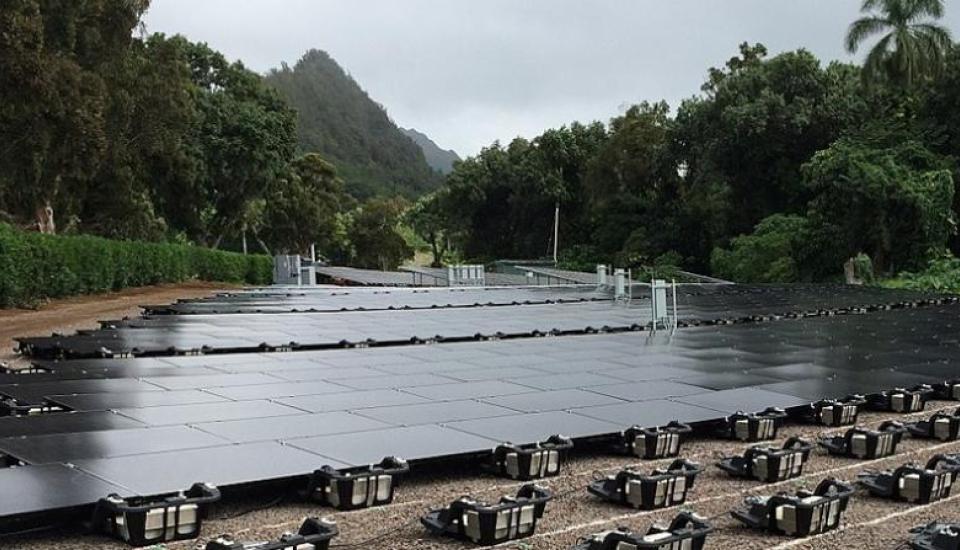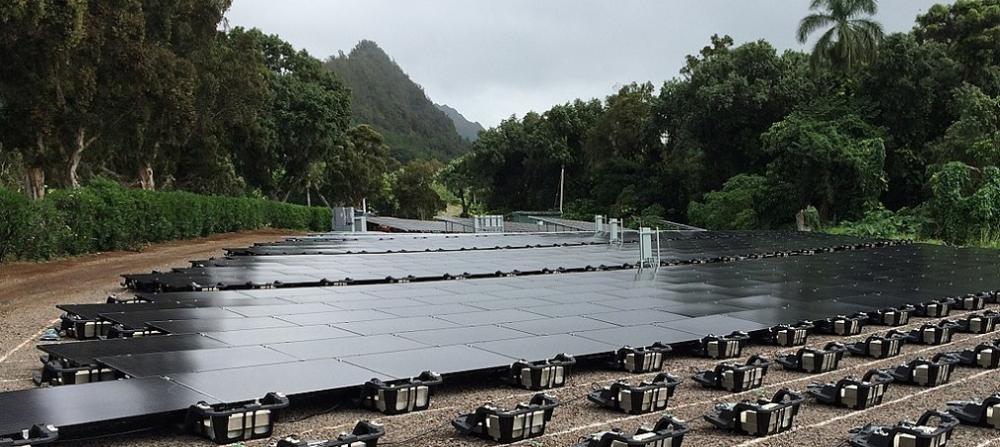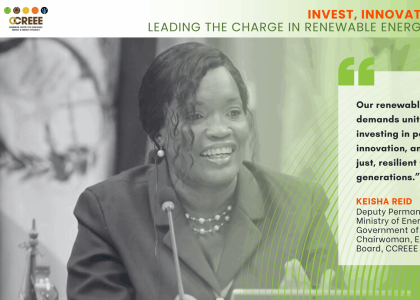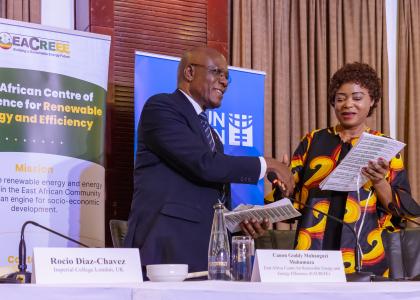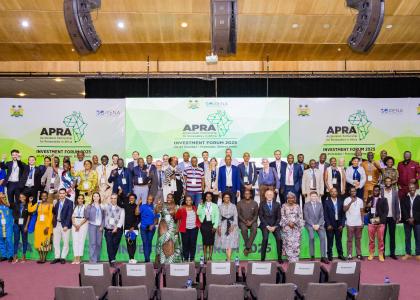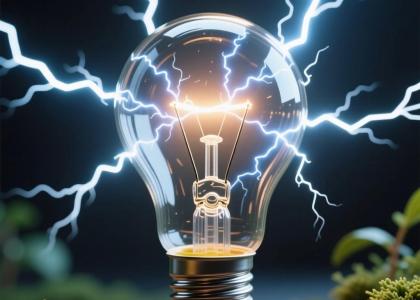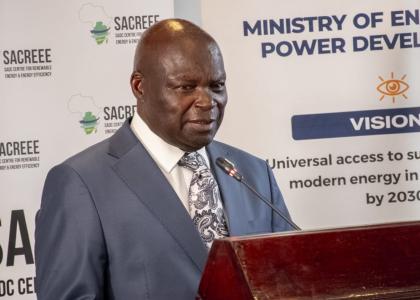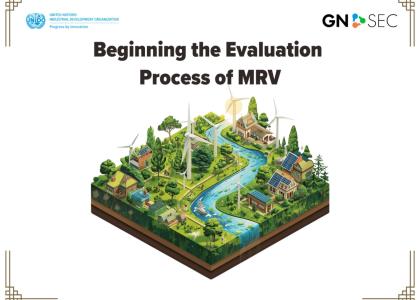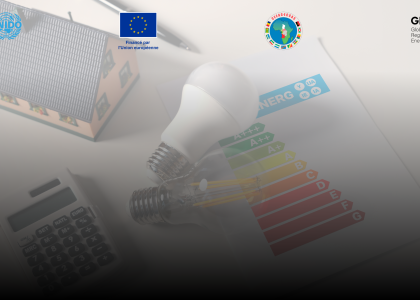It is a fact that Pacific Island Countries and Territories (PICTs) contribute a minuscule amount to the global emissions of harmful Greenhouse Gases that cause climate change. On the other hand, every year, PICTs import for one billion US in fossil fuels for transport and energy. Imagine the symbolic and practical potential for Pacific nations if they could only spend that amount in clean green energy instead!
Thanks to visionary leadership across Pacific nations, that potential is getting closer than ever to becoming a reality.
Carbon neutrality in the Pacific: an ambitious yet realistic objective
In 2013, at the 44th Pacific Islands Forum Leaders Meeting in the Republic of the Marshall Islands, Pacific Leaders established emissions reduction and renewable energy targets for all Members. However, the true ambition of the region’s leaders was for more than just reductions and efficiencies. Since 2013, Pacific Island nations have greatly expanded their targets and made a commitment to freeing themselves from fossil fuel dependence into order to power the Pacific with 100% renewable energy.
A promising initiative: PCREE
One of our most interesting and most promising initiatives is the Pacific Centre for Renewable Energy and Energy Efficiency (PCREE). Established in, and hosted by, Tonga, PCREEE represents is a new approach to strengthening SPC’s in-country presence, building strategic partnerships with member countries, and facilitating dialogue between public and private energy sector stakeholders within a global network of regional centres of excellence in energy and energy efficiency.
The PCREEE model had gained significant traction and caught the attention of partners and funders from across the globe. Current funding for PCREEE has been provided by the Austria Development Agency through UNIDO, and just recently, the government of Norway announced an additional investment of 2 million euro.
Investment the Pacific’s green energy sector will continue to grow exponentially. As a region, we must ensure that energy projects and activities are well coordinated, complementary and managed in the most efficient way possible.
If we can achieve this goal, the Pacific is set to become the first global region to achieve green energy independence, and provide our people a path to a more prosperous and sustainable future.
Click here for the full story.
Source: SPC

